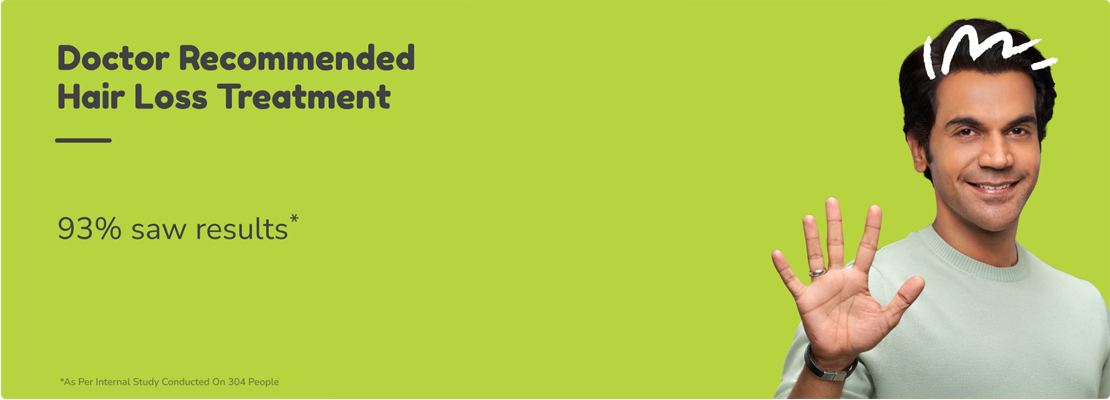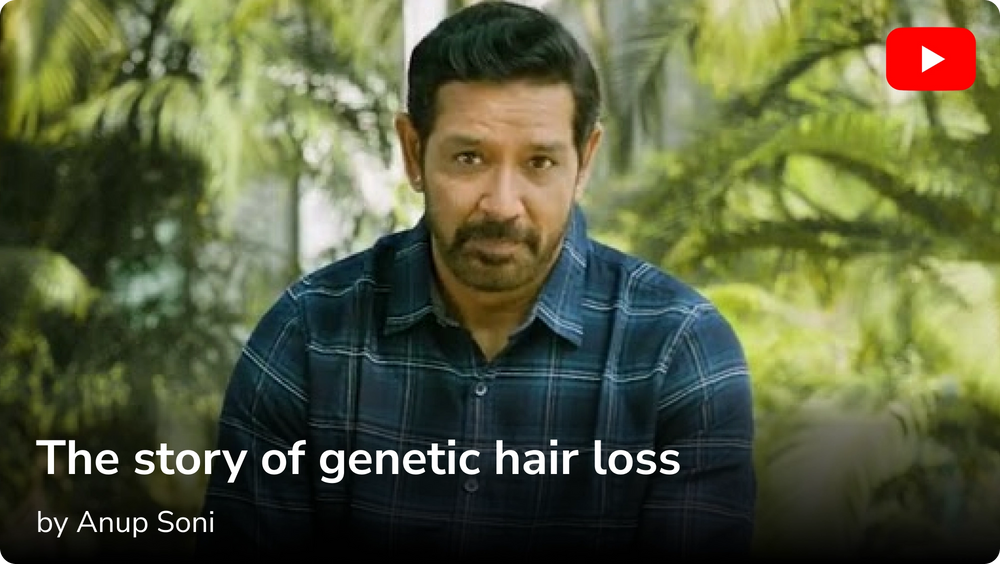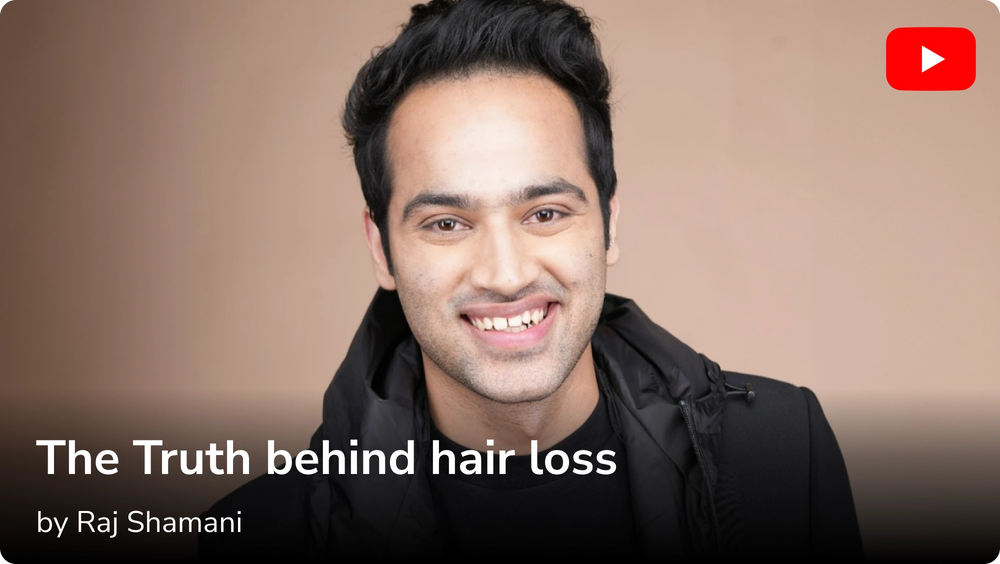Tinea Capitis, is a particular kind of fungal infection that affects the scalp and hair. It is commonly known as Scalp Ringworm because its appearance resembles a circle or a ring. The infection poses a risk to children, adolescents, and adults alike.
It is caused by dermatophytes, which are fungi that thrive in warm and humid environments. If you suffer from this infection, your hair or beard will feel like there’s an insect crawling in it.
It can affect children and adults, especially those with weakened immune systems, such as those with diabetes or who have experienced cancer treatment. Some cases are also more common in boys than girls.
Tinea capitis can be challenging to diagnose because the symptoms are similar to other scalp conditions like dandruff, cradle cap, and seborrheic dermatitis. If left untreated, tinea capitis may spread further throughout the body and even lead to complications such as liver failure.
Scalp ringworm can be treated easily with over-the-counter antifungal treatments. However, if it isn't diagnosed and treated early enough, it can cause lasting hair loss. Let's take a look at what you need to know about tinea capitis so that you can prevent it from happening to you or your child.
What is Scalp Ringworm (Tinea Capitis)
Tinea capitis is a fungal scalp infection that causes scaling, redness, and hair loss. Tinea capitis is caused by dermatophytes, microscopic fungi that live on the skin, hair, and nails. Scalp ringworm is another name for tinea capitis.
This infection occurs when the fungi enter hair follicles and sometimes hair shafts. It can also affect your child's eyebrows and eyelashes.
Both inflammatory and non-inflammatory tinea capitis are possible. The inflammatory variety can result in kerions. Kerions are uncomfortable, pus-filled, and occasionally oozing patches. An immune system reaction to the fungus in your child can bring a kerion. Scarring and permanent hair loss could result from it.
The non-inflammatory form of tinea capitis typically does not cause permanent hair loss. Black dot tinea capitis may cause your hair shafts to split at the scalp's surface. Grey patch tinea capitis is another ringworm that doesn't cause inflammation. It means that your hair shafts break above the surface, leaving only short stubs behind.
Scalp ringworm can be contagious and can spread when people come into contact with each other or contaminated objects such as combs and brushes. Tinea capitis can affect the scalp, hair, and the area around the ears and can cause itching, flaking, and/or pain. Hair that is pulled out may be broken near the scalp, and the hair shaft may be discolored.
Tinea Capitis Affects Whom?
Tinea capitis most frequently affects kids between the ages of 3 and 14. Adults, however, can also develop tinea capitis. People with weakened immune systems tend to develop it more frequently.
Tinea Capitis: Is it common?
Yes, it is widely recognized and frequently diagnosed. However, it is most prevalent in hot, humid regions like Southeast Asia, Africa, and Central America. Dermatologists and primary care physicians often treat scalp ringworm.
Symptoms Of Ringworm On Scalp
Itchy scalp patches are by far the most typical sign of ringworm. Hair may fall out near the scalp, resulting in scaly, red, or bald patches. You may notice black dots where hair has fallen out. If ignored, these conditions may develop and spread over time. Other signs and symptoms include:
- Itching: A common symptom of tinea capitis, itching may become severe enough to be bothersome.
- Patchy Scaling: Scaling is typically seen on the scalp and the areas around the ears. It may appear as a yellow-brown scale that is broken near the scalp or a white scale that is thick and crusty.
- Hair Loss: Hair loss is usually evident in the areas where the scale is thickest. It can also be seen in the broken hair shafts.
- Erythematous (red) patches: While rare, erythematous patches may appear behind the ears. These patches may be tender to the touch.
- Secondary Bacterial Infection: Bacterial infection is uncommon in the presence of tinea capitis, but it can occur because of thick, crusted scales that are difficult to clean.
Patches of hair loss (Alopecia), flaky dandruff-like scalp, low fever, and swollen lymph nodes are a few other common symptoms in patients. Tinea capitis is inflammatory and can leave scars and prevent hair from growing back.
What Causes Ringworm In Scalp
The fungus dermatophytes bring on scalp ringworm. Dermatophytes with the names Microsporum and Trichophyton are the most frequent infection causes in the United States.
Living organisms called fungi eat dead tissue, such as the outer layers of your skin, hair, and fingernails. Fungi thrive in warm, moist environments. It typically grows in tropical areas. Dermatophytes thrive on sweaty skin because they prefer warmth and moisture. Inadequate hygiene and crowded conditions hasten the spread of ringworm.
Tinea capitis is a highly contagious condition as well. You can come into contact with infected people, animals, or soil and develop tinea capitis as a result. One can also get it if they use objects or touches surfaces where the fungus is living. Tinea capitis can survive on contaminated surfaces and things for a significantly long time.
Children are particularly susceptible to contracting ringworm. Ringworm can be acquired by touching the skin of someone who has the condition. If you use combs, bedding, or other items that have been in contact with an infected person, you risk catching the infection.
Domestic animals like cats and dogs can even spread ringworm. Farm animals like pigs, cows, horses, and goats can also spread diseases. However, it's possible that these animals won't show any signs of infection.
Risk Factors
As mentioned repeatedly, Tinea capitis grows and prospers in warm, humid environments. This means any activity that can lead to such conditions will put you at risk of contracting ringworm on the scalp. The most typical risk elements are:
- Residing in a tropical setting.
- Visiting places where it's hot and muggy (humid).
- Sharing a space with infected people.
- Participating in contact sports.
- Having minor head wounds.
- Not regularly giving your child a bath or a wash.
- Excessive perspiration (hyperhidrosis).
- Hats, hairbrushes, and sporting goods are a few examples of shared items and materials.
- A compromised immune system is brought on by diseases like cancer, diabetes, and HIV/AIDS.
How Is Tinea Capitis Transmitted?
Tinea capitis is highly contagious. When it comes to kids, it spreads quickly. Tinea capitis spreads primarily through one of three channels.
Humans To Humans
If you or your child come in direct contact with an infected person, you can contract ringworm in the scalp. The carrier might or might not show any symptoms. They can, however, spread the infection.
Animals To Humans
Farm and domestic animals can also come in contact with this fungus and pass it along to humans. Tinea Capitis can spread widely among a variety of animals. This includes but is not limited to cats, dogs, and pigs.
Fomites To Humans
Fomites are items or substances that could potentially spread infection. Shared items like clothing, hats, combs, hairbrushes, and helmets can outstretch tinea capitis to your child.
How Is Tinea Capitis Diagnosed?
The doctor might ask general questions with regard to the condition to assess the scenario. If tinea capitis is suspected, the doctor will examine the scalp and hair and look for signs of scaling, redness, and broken hair shafts.
If the symptoms match, then a physical examination will be conducted. To confirm the diagnosis, the doctor may collect a sample of the scalp scales and send them to the lab for testing. They will remove a few hairs and/or lightly scrape the scalp. To confirm the diagnosis of tinea capitis, they might request additional tests.
This entails using a microscope to examine your hair or scraping from a scaly patch of your scalp. If tinea capitis is present, the lab will find fungal spores. This procedure could take three weeks.
Your doctor might use a special light called a Wood lamp to illuminate your scalp and look for infection-related symptoms.
Scalp Ringworm Treatment
Your physician or dermatologist might suggest an antifungal medicine to treat tinea capitis. In extreme cases, doctors typically advise oral medication because topical treatments frequently fail to relieve symptoms. These medications are usually prescribed for six weeks to alleviate the effects of ringworm on the scalp.
Tinea capitis can be challenging to treat and might require several rounds of antifungal treatment. An expert will usually recommend topical antifungal shampoo along with oral medication. These shampoos contain an active ingredient, like ketoconazole, that targets and kills the fungi that cause tinea capitis. You must use this shampoo to wash your hair and scalp at least twice weekly. Although it won't treat tinea capitis, this shampoo might aid in halting its spread.
Along with it, a cream with antifungal properties might also be prescribed. The antifungal cream will be applied directly to an adult or child's scalp. Antifungal creams can aid in limiting the spread of the infection. However, they cannot treat tinea capitis.
In cases of Kerion, a corticosteroid like prednisone may be recommended by the doctor. Using steroids may help lessen inflammation, reduce the chance of scarring, and prevent permanent hair loss.
Together all these treatment options can help you resolve your scalp issues. However, it is imperative to stay consistent if you want to see results. Tinea capitis is contagious, so if one of the family members has contracted ringworm, everyone should be meticulous and get checked even though they are showing no symptoms. Also, avoid sharing bed covers, pillows, towels, combs, Bruges, hats, and other items. Remember, prevention is better than cure.
Takeaway
Tinea capitis is a fungal infection of the scalp, hair, and surrounding areas that causes itching, hair loss, and scaling. Tinea capitis is caused by dermatophytes, which are microscopic fungi that live on the skin, hair, and nails. Tinea capitis is more common in boys than in girls, and it can be challenging to treat and may need multiple antifungal rounds. Early detection and treatment are key to preventing complications.
If you are looking for expert advice on your overall hair care or specific issues, a FREE hair test at Traya is your best and easiest solution. You don't have to leave your important task and visit a doctor; the hair test can be taken online. Our experts do a detailed analysis based on your inputs, and a detailed diagnosis is shared, along with solution steps. Looking to make hair health easy and healthy? Traya is at your service.
FAQs
Q1 - How Do You Get Rid Of Scalp Ringworm?
Ans: By following a routine prescribed by your doctor for ringworm on scalp treatment. Ringworm can be treated with antifungal drugs that can be ingested or applied topically to the skin. Oral antifungal medication and a special shampoo are used to treat scalp ringworm. To completely get rid of the infection, you might need to continue taking the medicine for several weeks.
Q2 - How Do You Know If You Have Ringworm On Your Scalp?
Ans: Ringworm can typically be identified by a straightforward visual examination of the rash. Oftentimes, ringworm on the scalp or beard appears as circular bald patches. Typically, healing takes place inside the circle while infection spreads outside of it. This gives the infection a ring-like appearance. This pattern is the source of the term "ringworm."
Q3 - What Kills Ringworm On The Scalp Fast?
Ans: The quickest way to kill ringworm on the scalp is to consult your dermatologist as soon as possible. They can provide you with antifungal drugs that can be taken orally or applied topically to the skin. For the treatment of scalp ringworm, different shampoos, scalp ointment, and an oral antifungal drug are employed. You might need to follow the routine religiously for a few weeks in order to completely get rid of the infection.
Q4 - How Does Someone Get A Ringworm On The Scalp?
Ans: Since ringworm is contagious, one of the most common ways someone can get ringworm on their scalp is by contact. If you come into contact with someone who has ringworm, you could also get it. It can sometimes spread from a dog or cat to a person. Ringworm is frequently spread by sharing hats, combs, brushes, towels, phones, or sporting equipment. You can get ringworm from interacting with an infected animal. When handling or grooming ringworm-infected dogs or cats, ringworm can spread.
References
https://www.merckmanuals.com/home/skin-disorders/fungal-skin-infections/scalp-ringworm-tinea-capitis






































